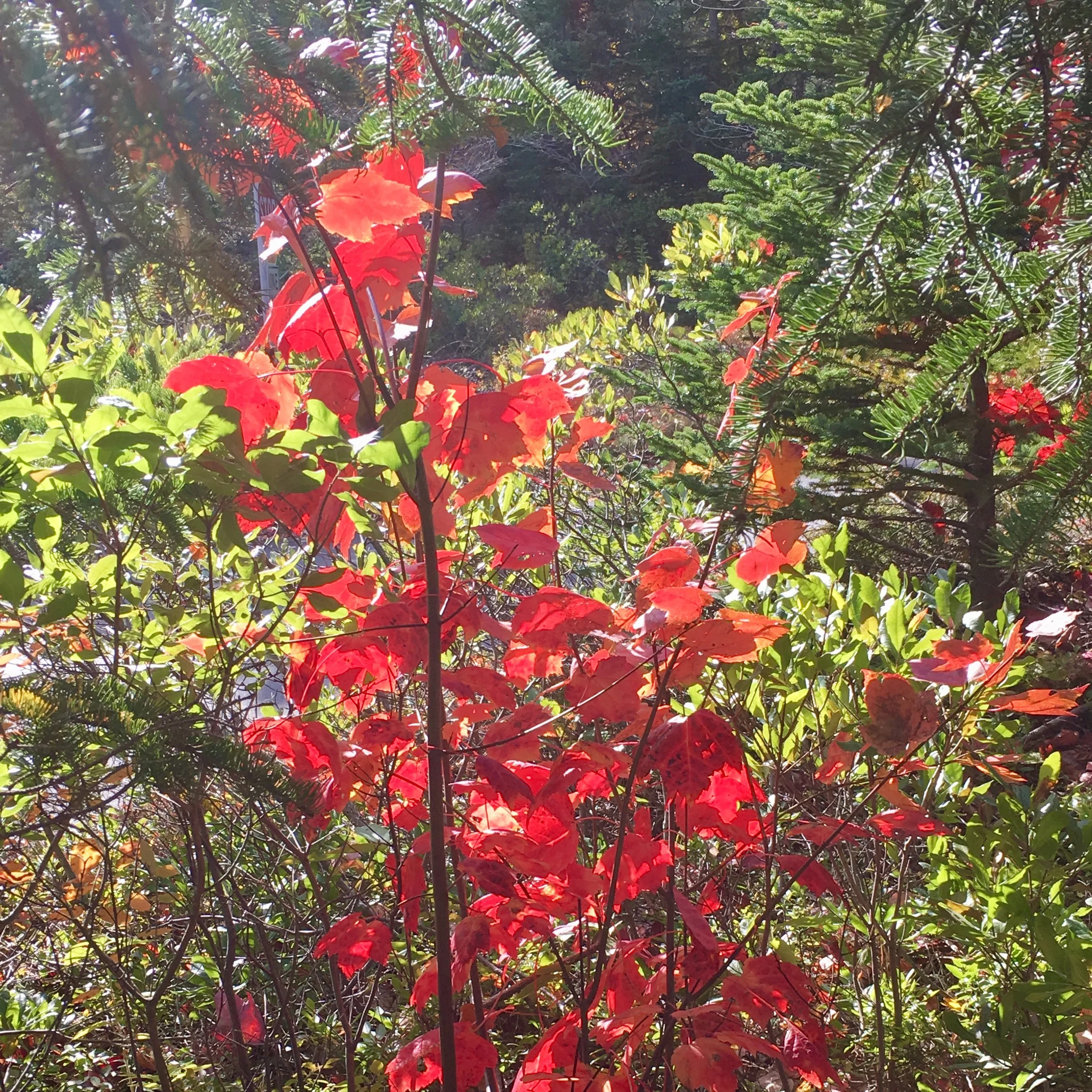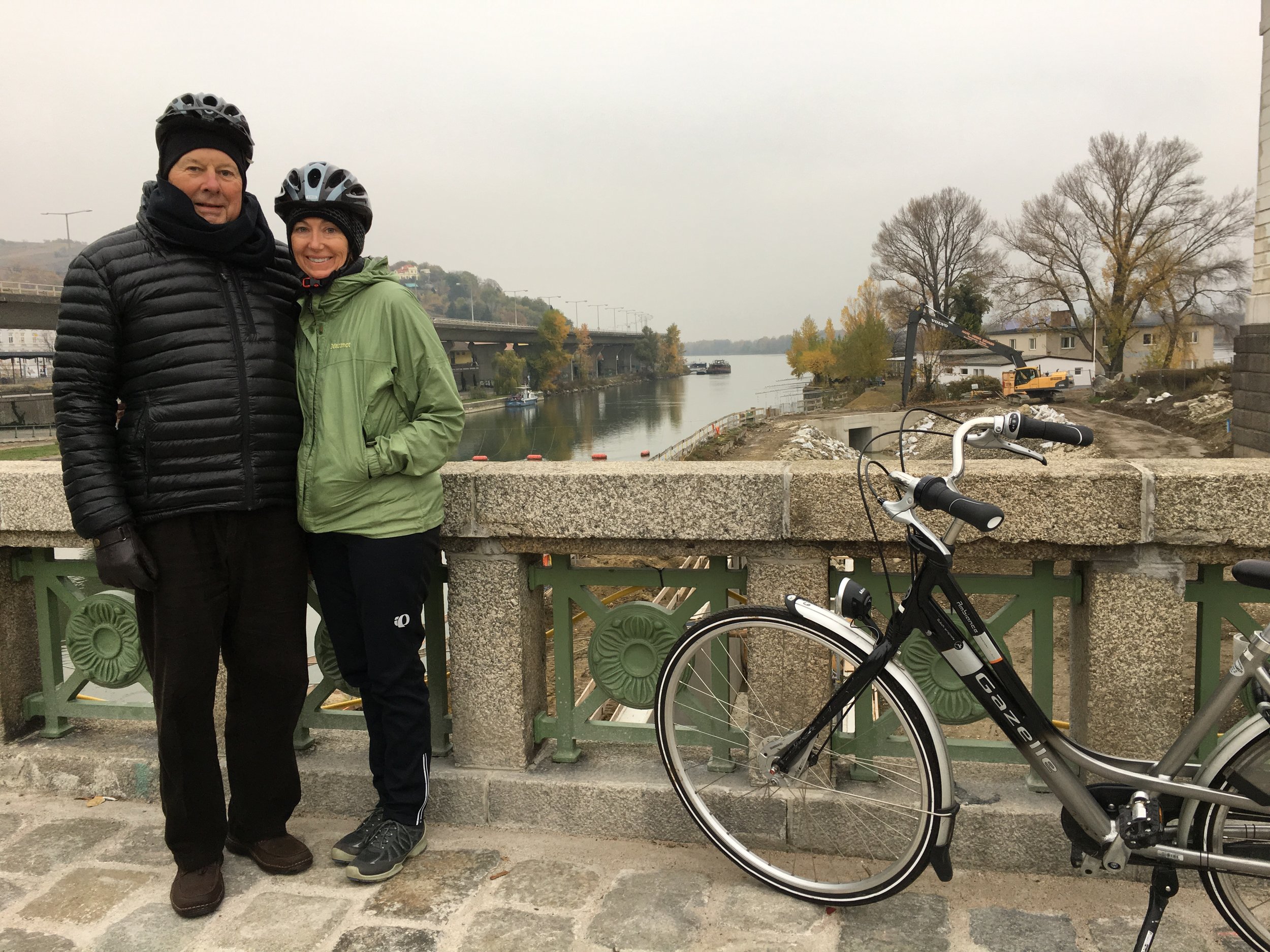The Year of the Fire Rooster
Perched atop a 35-foot stone structure, a Fire Rooster strikes an impressive pose as the celebratory figure in this year's colorful floral Chinese New Year display at the Bellagio Hotel in Las Vegas. Each year the Asian celebration is the kick-off floral theme in the hotel's Conservatory and attracts thousands to celebrate the annual Spring Festival and its traditions and customs to bring luck and prosperity in the coming year.
The stunning showcase is located just beyond the lobby and front desk and has dazzled guests since the hotel's opening in 1998. The Bellagio will celebrate its 20th birthday next year (I know, it's hard to believe. Vegas hotels grow up so fast!) and with so many new glitzy hotels popping up along the strip I could have easily been tempted to look elsewhere but I still love the European style and elegance of this hotel and it's where I most enjoy staying in Las Vegas.
During Chinese New Year you'll find adornments of the festive holiday throughout the hotel from the cherry blossom banners swaying from the ceiling in the promenade of shops to the large urns filled with red flowers, orchids, lanterns and strings of red and gold firecrackers gracing the front desk but the centerpiece of it all is the 14,000-square-foot Conservatory bedecked in floral grandeur. This year's display was created by Ed LIbby, a favorite event designer of New York society, in collaboration with the Bellagio's horticultural staff and Feng Shui Master George Yau. Don't ask me how, but after a night of revelry I awoke at 5am one morning and scurried to the Conservatory and had the space all to myself while I took these photos.
To reach the center of the garden visitors walk beneath four 17-foot tall rose stems, arcs of shooting water and a 16-foot high Moon Gate flanked by ding-pots burning incense to protect against bad fortune. There, beneath the 50-foot high glass Conservatory ceiling, is the imposing Fire Rooster standing on its mound guarding its flock and brood of fuzzy, yellow chicks. It took 60,000 man hours to build the giant bird which was modeled after a Rhode Island Red rooster and is covered with 10,000 red, brown, gold and black feathers. It's also bedecked with Austrian and Swarovski crystals which glisten when the rooster mechanically wiggles its tail and stretches its neck to crow.
Traditional decorations of the spring festival are evident all around including hanging and pedestal red lanterns which drive away bad luck. The pedestal lanterns were custom made for the Bellagio Conservatory and provide illumination to the garden.
More light shimmers from round windows inset into stone and decorated with paper-cutting designs. Chinese paper-cutting is a centuries-old tradition used to decorate doors and windows to celebrate festivities and happiness.
My favorite vignette though, was of a boy fishing in a Koi pond at the foot of a quaint, wooden bridge shaded by a brilliant cherry blossom tree. The pond actually holds 21,000 gallons of water and is filled with 50 live Koi fish. The cherry blossom tree was also custom made for the Conservatory and stands 18-feet tall and has a 20-foot-wide canopy made of 300 water jet/heat-formed acrylic blossoms and leaves - a process that gives each blossom its own unique form.
A long-standing tradition of ringing in the Chinese New Year is to set off firecrackers and the louder they are the luckier they are considered to be. As the tradition goes, first a string of small firecrackers is set off, followed by three big firecrackers which symbolize chasing out the old year and sounding in the new year.
In the Conservatory, LEDs provide the fireworks in the form of eight- and six-foot diameter lights dangling from the ceiling. Each node contains four colors - white, red, blue and green and the colors come through acrylic rods that each have a one-inch sphere on the end.
Chinese New Year is a very happy time for young people as depicted in the playful figures of six children on display in the garden. Schools in China are usually closed for a month and children typically receive red envelopes filled with cash from their elders to symbolize good luck and to ward off evil spirits. I'd be happy too!
Perhaps one of the most important activities of the spring festival is the Reunion Dinner when families gather to enjoy their New Year's Eve feast together. Chinese make every effort to attend which accounts for 4% of the world's population traveling during this time of year. It is estimated that 3.5 billion people around the world are traveling to visit family and Las Vegas is a very popular destination to meet. I can think of no better place to test one's new year's luck than in a Vegas casino. The Bellagio has two very popular restaurants where families can enjoy their Reunion Dinner. Jasmine, with its garden and lake views, is an elegant option which is well known for its signature dishes of Imperial Peking Duck and Chilean Sea Bass. The other, Noodles, offers a wide array of authentic noodle dishes from all over Asia including Thailand, Japan, China and Vietnam.
Chinese New Year kicks off January 28 and the celebration period lasts for about 2-1/2 weeks. However, the floral display in the Conservatory will be on display through March 4 before it goes dark March 5 - 10, and returns on March 11th with a new exhibit to celebrate the season of spring.
Bellagio Conservatory and Botanical Garden is free and open 7 day a week, 24 hours. www.bellagio.com Want to learn more about Chinese New Year traditions? Click here
Going to Las Vegas? Please contact Putnam Travels. We'd love to assist you.

















































